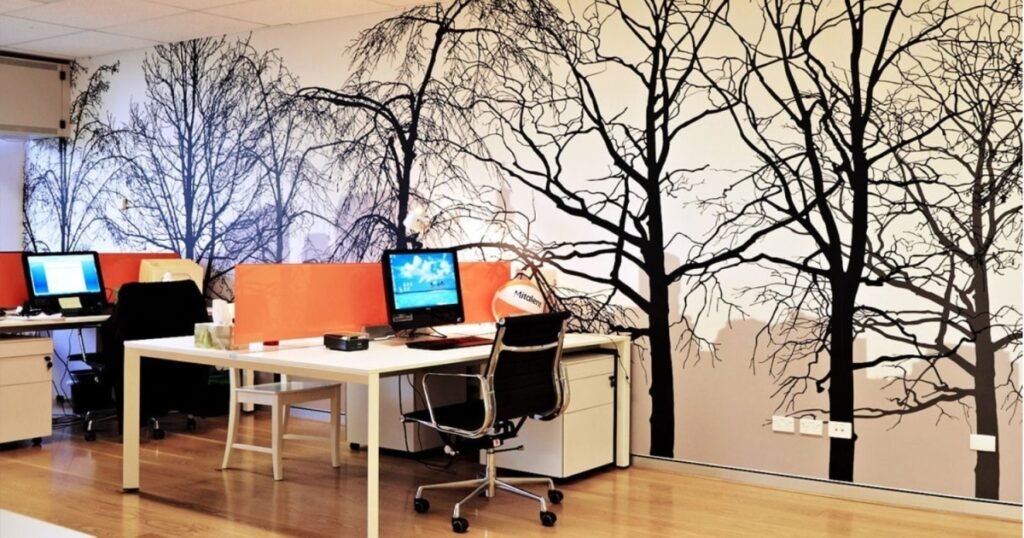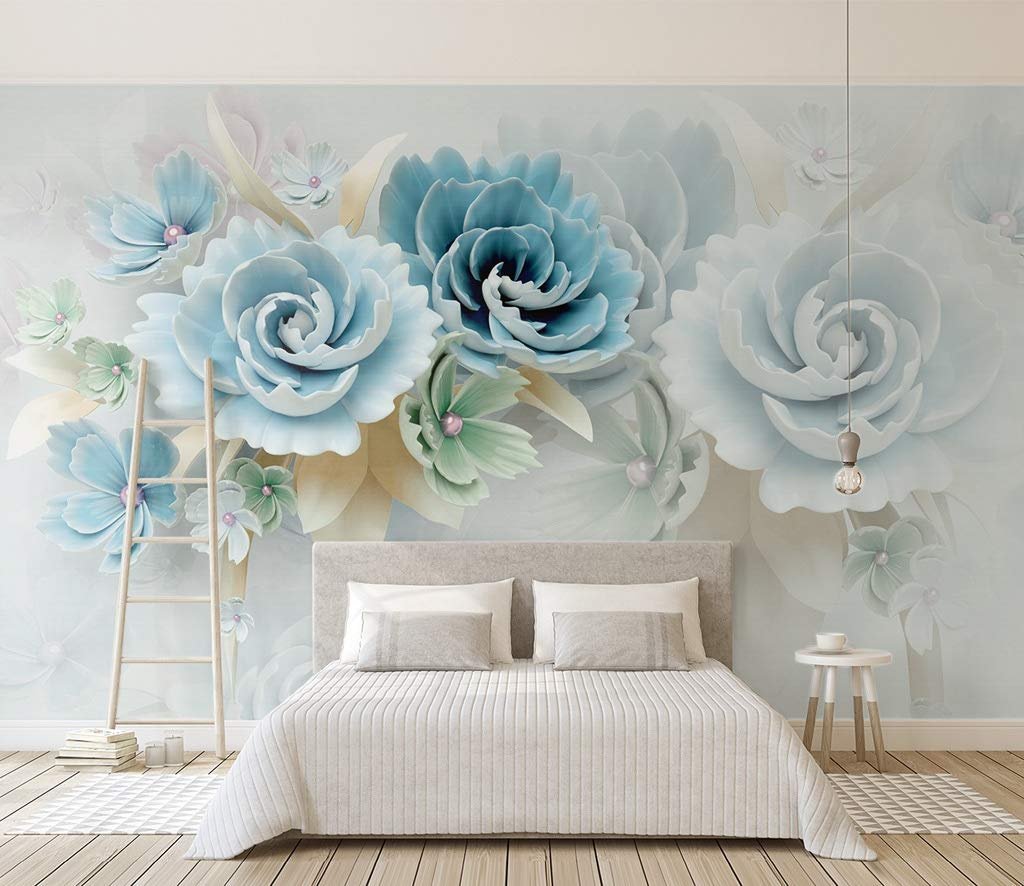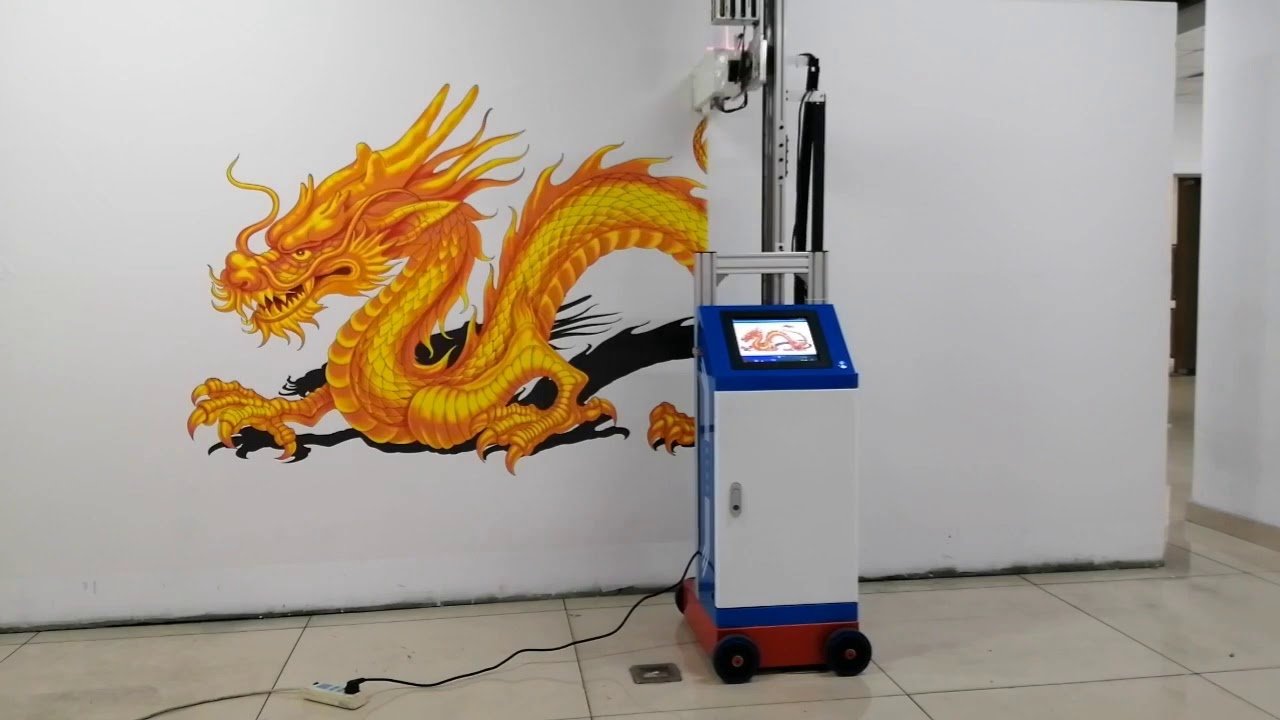In our ever-evolving world, the aesthetics of the spaces we occupy have become increasingly significant. The introduction of wall printing technology has marked a revolutionary shift in how we approach interior design and decoration. This innovative method allows for the direct application of intricate designs and images onto walls, transforming ordinary spaces into extraordinary ones. The flexibility and customization offered by wall printer have made them a popular choice for both residential and commercial projects, promising a unique blend of artistry and technology.
Introduction to Wall Printing Technology

Wall printing technology, a marvel of modern engineering, enables the printing of high-resolution images directly onto vertical surfaces. This section delves into the origins of wall printing, tracing its evolution from a novel idea to a key player in the design industry. By exploring its development, we gain insights into how this technology has become an indispensable tool for designers and homeowners alike.
Transforming Spaces with a Wall Printer
At the heart of this technology lies the capability to redefine environments. This segment explores the transformative power of wall printers, illustrating how they enable the seamless integration of art into everyday spaces. From residential living rooms to bustling commercial settings, wall printers offer a versatile solution for enhancing ambiance and conveying brand identities.
Types of Wall Printers
Understanding the different types of wall printers available is crucial for selecting the right one for your project. This part compares commercial and residential use models, highlighting key features and applications of each to help readers make informed decisions.
The Design Process: From Concept to Wall
The journey from a concept to a completed wall print involves several steps. Initially, choosing the right design is crucial, as it sets the tone for the entire space. Following this, visualizing the outcome with advanced software allows for adjustments before the actual printing begins, ensuring the final product meets expectations.
Materials and Techniques
This section provides an in-depth look at the materials and techniques used in wall printing, focusing on the types of inks and surfaces best suited for different projects. It discusses how these elements contribute to the durability and visual impact of the printed designs.
Installation Process
Installing a wall printer involves careful planning and preparation. This guide outlines the steps required to prepare the space and execute the printing process smoothly, ensuring a flawless finish.
Benefits of Wall Printing
- Customization and Personalization: One of the most significant benefits of wall printing is the ability to customize and personalize spaces. Whether it’s a specific pattern, a piece of art, or a photographic image, wall printing technology can replicate virtually any design on walls, enabling individuals and businesses to truly make a space their own.
- High-Quality Results: Wall printer is capable of producing high-resolution images with vibrant colors and sharp details. This quality ensures that the prints look professional and can serve as focal points in any room or environment.
- Durability and Longevity: Modern wall printing techniques use inks that are not only eco-friendly but also highly durable. These prints are resistant to fading, wear, and tear, ensuring that the designs remain vivid and intact for years to come, even in high-traffic areas.
- Cost-Effective Solution: Compared to traditional methods of decorating and renovating, wall printing can be a more cost-effective solution. It reduces the need for extensive prep work, materials, and labor, offering a straightforward and efficient way to transform spaces without the high costs of conventional renovations.
- Time-Saving: Wall printing is a relatively quick process, especially when compared to painting or wallpapering. A large design can often be completed in just a few hours, minimizing disruption and downtime, which is particularly beneficial for businesses and public spaces.
- Eco-Friendly: Many wall printing inks are water-based and free from harmful solvents, making this a more environmentally friendly option compared to traditional paints and wallpapers that can contain volatile organic compounds (VOCs).
- Enhances Atmosphere: A well-chosen wall print can significantly enhance the atmosphere of a space, making it more inviting, inspiring, or relaxing. This can positively impact the mood and well-being of those who use the space, whether it’s a home, office, or public area.
Future Trends in Wall Printing

Looking ahead, this part discusses upcoming innovations in wall printing technology and design trends. It speculates on how these advancements could further enrich our living and working environments.
FAQs
Wall printers are highly versatile and can print on a variety of surfaces including plaster, brick, glass, wood, and more. However, the surface should be relatively smooth and properly prepared to ensure the best print quality and adherence of the ink.
Wall prints are designed to be highly durable and resistant to fading, wear, and tear. With proper care, indoor wall prints can last for many years, and their lifespan can be further extended through the use of protective coatings.
Yes, the ink used in most wall printing processes is eco-friendly and safe for indoor environments. Many wall printers use water-based inks that are solvent-free, minimizing the release of volatile organic compounds (VOCs) and ensuring a safer environment for both residential and commercial settings.
Conclusion
In conclusion, wall printing technology offers a dynamic and innovative way to transform spaces. Its ability to personalize and enhance environments makes it a valuable tool in the realm of interior design. As technology progresses, we can anticipate even more creative and impactful applications, further revolutionizing the way we think about our spaces.

